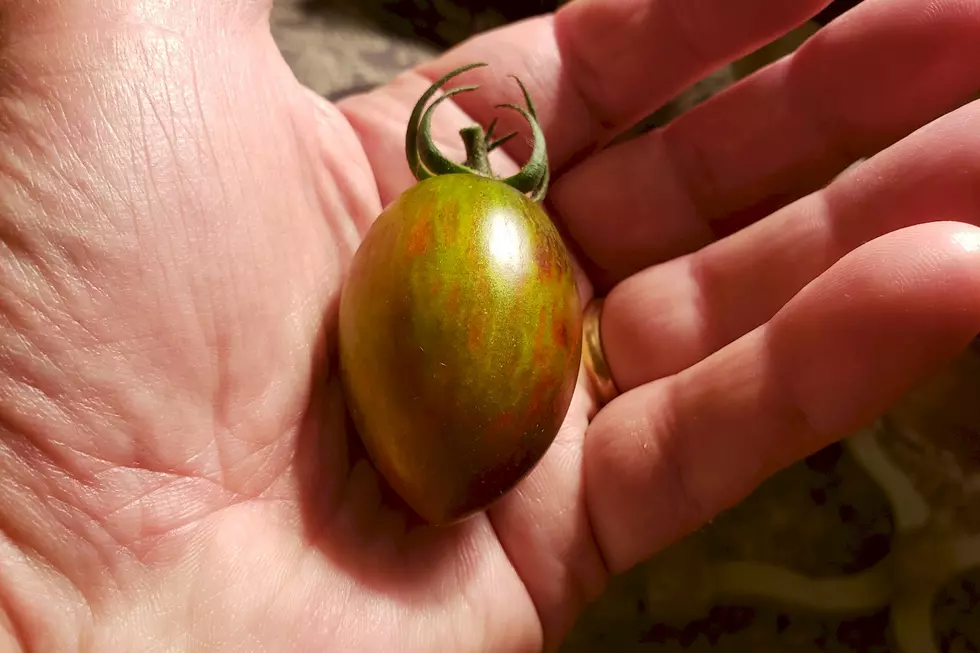
Garden Groove: Early Season Planting Can Be Tricky in Central MN
Getting in the Garden Groove with John Schroeder: Cool Your Jets, Planter Boy
I think most of us who like to mess around in our gardens suffer from the same sort of avidity. When the temperatures begin to warm in April we are absolutely chomping at the bit to get out and begin working the soil. I think it’s okay to start messing around in the garden – to clean up last year’s dead plants that are still there, to till the soil, to add or rebuild a fence to keep the critters out.
But if you’re like I was in my early gardening years and you put in seeds and/or bedding plants too soon, you’ll often end up regretting your actions more than Charlie Leibrandt did after he threw that hanging meatball to Kirby Puckett in Game-6 of the `91 World Series.
The lesson I’ve learned is that patience is truly a virtue in gardening – especially when it comes to planting. If you plant the early spring stuff too soon and the temperatures during the following days are below normal -- which can often happen in early to mid-May -- your seeds may have poor germination rates, and any bedding plants you put in might suffer and/or die, as well.
When it comes to “what to plant and when,” I usually put my garden in over three different phases: Early spring seeds, cruciferous bedding stock, and lastly the “holy grail” of tomato and pepper plants.
Some plants thrive in cooler temps and those are the seeds I put in first.
Everybody has different tastes, but for me the seeds I planted this year during the first few days of May were spinach, a couple varieties of lettuce, kale, collards, carrots, red and golden beets, scallions, leeks, turnips, radishes and one or two other things I’m probably forgetting.
This is the first year EVER that I’m not putting in onion sets. Onions are one of the ten foods I’d take with me if I was stranded on a desert island, but I finally got tired of all the work of planting and harvesting something that isn’t all that much better home-grown versus what you can buy pretty inexpensively at the grocery store. So I’m just going the green onion -- or scallion -- route this year.
Most of my seedlings had emerged as of mid-May and were looking pretty good.
I also planted red and Yukon Gold potatoes early this year. I’m still learning about the best practices with spuds which, for some odd reason I never tried growing until about three years ago. But they’re SO good homegrown that I don’t think I’ll ever NOT plant them now moving forward.
Cruciferous vegetables include things like green and red cabbage and broccoli. As bedding plants, they can tolerate some cooler weather, say, overnight temps that might drop down into the mid-30s. So this year on May 14th, I transplanted those -- along with radicchio, which I’ve gotten into the past couple of years -- after raising all of them indoors from seed.
Finally, the tomatoes, peppers, and a few other warmer weather plants will get put in come late May or maybe even early June. The tradition in Minnesota is to do those types of plants right about now or around Memorial Day. What I’ve found however is that the last week of May can be a bit early in some years. Keep an eye on the seven to ten-day weather forecast around this time. If overnight lows are forecast to be anywhere from the mid-30s to the mid-40s, you’ll probably want to wait a week or so longer to put in those types of plants. Peppers especially hate cool soil temperatures. I had one year where right after I put in my jalapeno, banana, bell and poblano plants. the weather turned very cool and wet for nearly two weeks straight. That absolutely stunted those plants. They didn’t die -- but they didn’t grow much that year, either. They just SAT THERE and hardly produced anything that late summer and fall. Peppers -- and to a lesser extent tomatoes -- really benefit from consistently warm-to-hot weather right after they are planted.
Next week: Stuff that can come back every year
John Schroeder is a sales guy at Townsquare Media St. Cloud, but in his past life, he was an on-air personality specializing in sports. But what really turns his crank is getting out in his 28 x 15 foot vegetable garden several times a week nurturing, eventually harvesting (and sometimes sharing) homegrown food.

Kelly's Spring Rhubarb Strawberry Crisp Recipe
More From AM 1240 WJON









